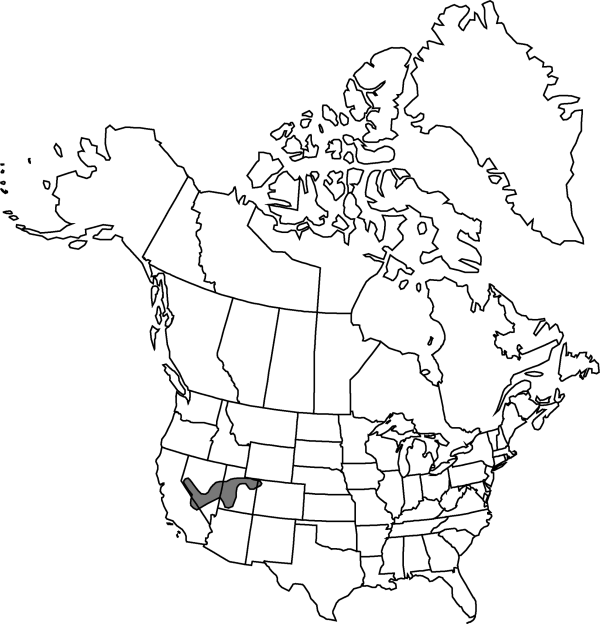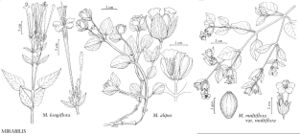Difference between revisions of "Mirabilis alipes"
Madroño 25: 120. 1978.
FNA>Volume Importer |
imported>Volume Importer |
||
| (One intermediate revision by the same user not shown) | |||
| Line 6: | Line 6: | ||
|place=25: 120. 1978 | |place=25: 120. 1978 | ||
|year=1978 | |year=1978 | ||
| + | }} | ||
| + | |special_status={{Treatment/ID/Special_status | ||
| + | |code=F | ||
| + | |label=Illustrated | ||
| + | }}{{Treatment/ID/Special_status | ||
| + | |code=E | ||
| + | |label=Endemic | ||
}} | }} | ||
|basionyms={{Treatment/ID/Basionym | |basionyms={{Treatment/ID/Basionym | ||
| Line 55: | Line 62: | ||
|publication title=Madroño | |publication title=Madroño | ||
|publication year=1978 | |publication year=1978 | ||
| − | |special status= | + | |special status=Illustrated;Endemic |
| − | |source xml=https:// | + | |source xml=https://bitbucket.org/aafc-mbb/fna-data-curation/src/2e0870ddd59836b60bcf96646a41e87ea5a5943a/coarse_grained_fna_xml/V4/V4_80.xml |
|genus=Mirabilis | |genus=Mirabilis | ||
|section=Mirabilis sect. Quamoclidion | |section=Mirabilis sect. Quamoclidion | ||
Latest revision as of 22:00, 5 November 2020
Herbs, forming hemispheric clumps 6–8 dm diam., glabrous or very sparsely puberulent. Stems 2–4 dm. Leaves spreading; petioles of proximal leaves 0.5–0.7 cm; blades of midstem leaves ovate to widely ovate, 4.5–9 × 3.5–5 cm, base obtuse to rounded, often oblique, apex obtuse, rarely acute. Involucres: peduncle 3–10 mm; involucres erect to pendent, 11–30 mm; bracts 6–9, distinct or to 50% connate, apex acute to obtuse, rarely rounded. Flowers 6–9 per involucre; perianth usually magenta, occasionally creamy white, bell-shaped, 1.5–1.8 cm. Fruits mottled olive green, with 10 slender, tan ribs, ellipsoid, 5.5–7 mm, rugulose, glabrous, secreting thick, heavy mucilage when wetted.
Phenology: Flowering spring–late summer.
Habitat: Gravelly or sandy soils in arid brushlands or pinyon-juniper woodlands
Elevation: 1200-2000 m
Distribution

Calif., Colo., Nev., Utah.
Discussion
Hermidium was once maintained as a genus based on discrete involucral bracts. As discussed by G. E. Pilz (1978), distinct bracts are typical, but involucres with the five outermost bracts united to one-half their length are common.
Selected References
None.
